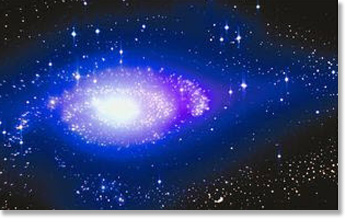
Universal Gravitation
 Newton’s Law of Universal Gravitation allowed planetary motion to be analyzed by the same principles as earthly motion, and revolutionized our understanding of the universe. It shows that all massive objects are gravitationally attracted to each other, and the strength of the gravitational force depends on the product of the masses of the two objects and the square of the distance between them. It is called an inverse square law, because the force is inversely proportional to the square of the distance between the objects, so the force drops off quite quickly with distance.
Newton’s Law of Universal Gravitation allowed planetary motion to be analyzed by the same principles as earthly motion, and revolutionized our understanding of the universe. It shows that all massive objects are gravitationally attracted to each other, and the strength of the gravitational force depends on the product of the masses of the two objects and the square of the distance between them. It is called an inverse square law, because the force is inversely proportional to the square of the distance between the objects, so the force drops off quite quickly with distance.
The gravitational field describes the force that an object placed at that location will experience near a massive object. It always points towards the center of the object that created the field and is measured in Newtons per kilogram. When another object is placed in the field, it interacts with the field and experiences a gravitational force.
The gravitational field describes the force that an object placed at that location will experience near a massive object.
You can view a man-made satellite without the use of a telescope. Visit NASA and predict the location of the international space station and follow the directions to know where to look. You’ll be glad you did!
![]() For more information on universal gravitation view the video clip Gravitation and Kepler's Laws of Motion from Discovery Education™ streaming.
For more information on universal gravitation view the video clip Gravitation and Kepler's Laws of Motion from Discovery Education™ streaming.




